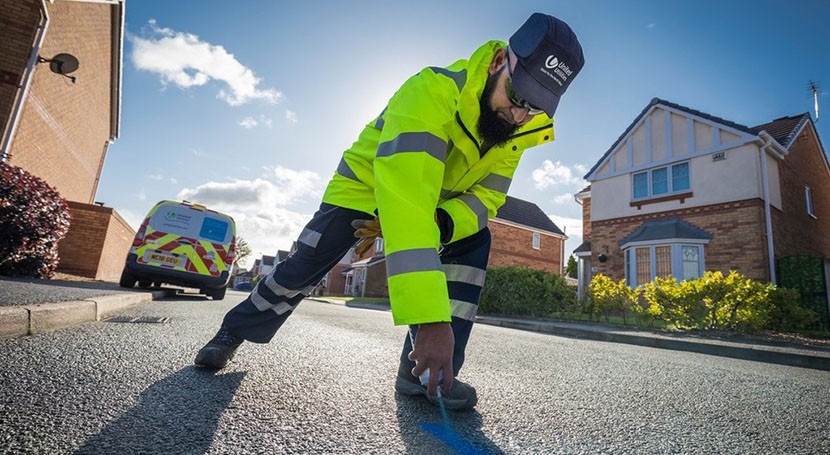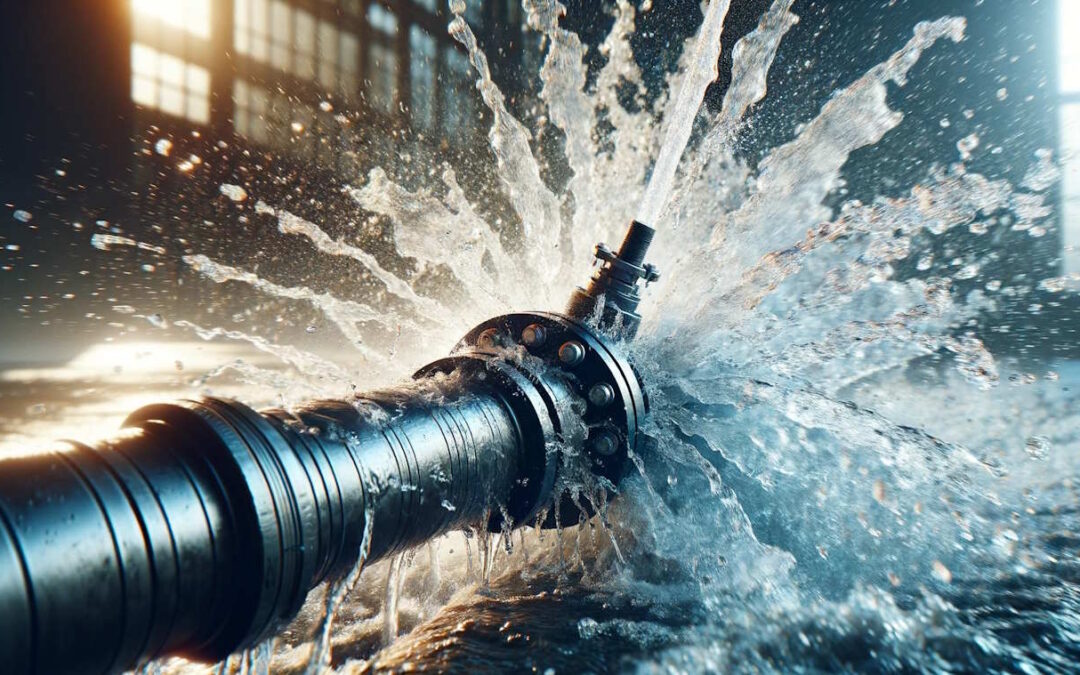Discover Reliable Water Leak Detection Providers for Accurate and Rapid Outcomes
Cutting-edge Solutions for Early Discovery of Water Leaks in Structures and Infrastructure
From innovative leakage discovery modern technologies to the release of IoT sensors for real-time monitoring, the landscape of leak avoidance is evolving rapidly. Automated water flow analysis systems are reshaping how leakages are recognized and dealt with, paving the method for a positive technique to water leak detection.
Advanced Leak Detection Technologies
Advanced leak detection technologies, equipped with cutting-edge sensing units and formulas, play an essential role in swiftly identifying and pinpointing water leakages in various settings. These technologies use a mix of acoustic, thermal, and electromagnetic sensing methods to detect leaks properly. Acoustic sensing units find the noise of escaping water, permitting for exact localization of the leak resource. Thermal imaging discovers temperature adjustments created by water leakage, supplying one more efficient method for leakage identification. Electromagnetic sensing units can determine changes in electro-magnetic areas caused by water, offering yet an additional layer of leak discovery ability.

IoT Sensors for Real-Time Surveillance
In the realm of modern water leak discovery, the assimilation of IoT sensing units for real-time monitoring represents an essential innovation in boosting aggressive leakage discovery abilities. These sensors supply constant tracking of water supply, offering real-time data on water flow rates, pressure variants, and temperature adjustments. By leveraging IoT modern technology, these sensing units can spot even the tiniest abnormalities in water usage patterns, enabling very early identification of possible leaks before they intensify right into major problems.
IoT sensing units transfer data to a central platform, where advanced algorithms examine the information and generate alerts or notices when abnormalities are found. This real-time tracking capability allows home owners or facility managers to promptly deal with leaks, minimizing water damage, lowering repair service expenses, and conserving water resources.
Moreover, IoT sensors can be integrated with building management systems, permitting computerized reactions to found leakages, such as turning off water shutoffs or activating pumps to reduce the effect of leakages. Generally, the application of IoT sensing units for real-time tracking considerably improves the efficiency and performance of water leak detection in buildings and infrastructure.
Equipment Understanding Algorithms for Leak Forecast

One secret advantage of using maker learning for leakage prediction is its ability to constantly learn and boost its precision gradually. As even more information is accumulated and fed into the formula, it can refine its forecasts and adapt to transforming problems, inevitably raising the dependability of leakage detection systems.
Furthermore, artificial intelligence algorithms can aid in determining subtle indicators of leaks that might go undetected by traditional tracking methods. water leak detection. By evaluating intricate information sets in real-time, these algorithms can supply early warnings and signals, permitting punctual intervention and precautionary upkeep to minimize prospective water damage and linked prices
Using Thermal Imaging for Leakage Detection
Thermal imaging modern technology uses a promising technique for identifying water leakages in numerous systems and infrastructures. By using infrared radiation and temperature variations, thermal imaging cameras can identify covert leakages that are not conveniently visible to the nude eye. When water leaves from pipes or structures, it commonly transforms the temperature Home Page of the surrounding area, developing temperature differentials that thermal electronic cameras can record. These temperature irregularities are after that equated right into visible pictures, highlighting the exact location of the leak.
Among the essential benefits of thermal imaging for leakage detection is its non-intrusive nature. Unlike typical techniques that might call for getting into walls or floors to find leakages, thermal imaging enables non-destructive screening. This not only saves time and reduces prices yet likewise lessens interruption to the structure or facilities being analyzed. Additionally, thermal imaging can rapidly scan big areas, offering an extensive review of potential leak sources in a prompt manner. On the whole, making use of thermal imaging innovation boosts the efficiency and accuracy of water leakage detection, making it a useful tool for preserving the stability of buildings and facilities.
Automated Water Circulation Analysis Solutions
Just how can automated water flow analysis systems transform the discovery and management of leakages in various systems and frameworks? Automated water flow evaluation systems use a proactive strategy to leakage detection by constantly checking water flow prices and patterns. By developing baseline data, these systems can quickly determine discrepancies that might indicate a leak, making it possible for punctual intervention to avoid extensive damage.
These systems utilize advanced formulas to evaluate real-time information and offer instant informs when abnormalities are discovered, permitting for speedy activity to be taken. Additionally, computerized water flow analysis systems can be incorporated with building monitoring systems or IoT systems, improving total effectiveness and allowing the original source remote monitoring abilities.
Moreover, the information gathered by these systems can be made use of for anticipating upkeep purposes, aiding to recognize possible weak factors in the framework before leakages take place. On the whole, the execution of automated water flow analysis systems can dramatically improve leak discovery and monitoring practices, eventually bring about cost financial savings, minimized water wastage, and enhanced sustainability in structures and facilities.

Conclusion
Finally, the combination of advanced leakage detection technologies, IoT sensors, artificial intelligence algorithms, thermal imaging, and automated water circulation evaluation systems supplies innovative remedies image source for very early detection of water leakages in structures and infrastructure. These modern technologies make it possible for real-time surveillance, forecast of leaks, and reliable detection techniques to stop water damage and wastage. Carrying out these options can help in preserving the stability and sustainability of water systems in numerous settings.